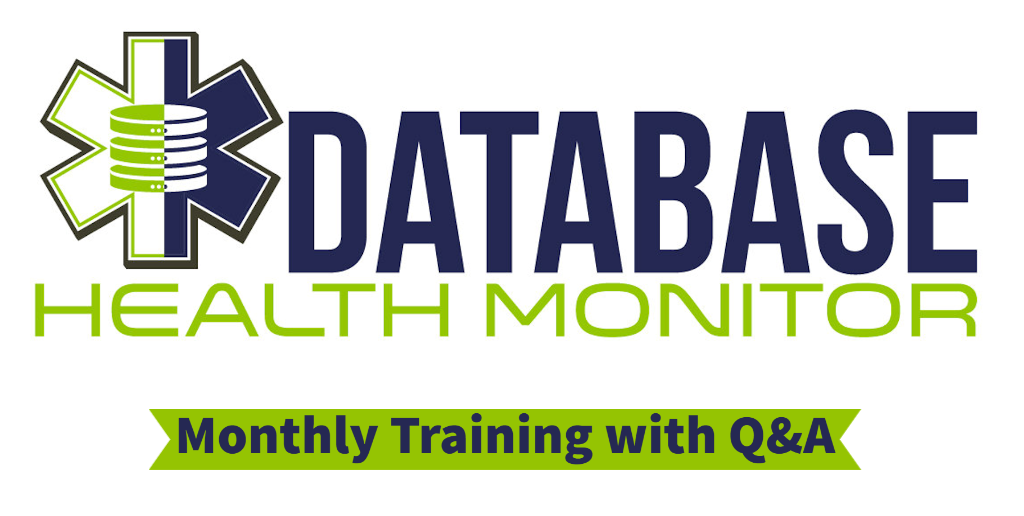SQL Performance Training Opportunity
Why is SQL Server performance important? SQL performance is important because it directly affects the speed and efficiency of a database system. Poor performance can lead to slow query times, resulting in a poor user experience and decreased productivity. Additionally, as data sets grow larger, the impact of poor performance becomes even more pronounced, resulting in increased costs for additional …






